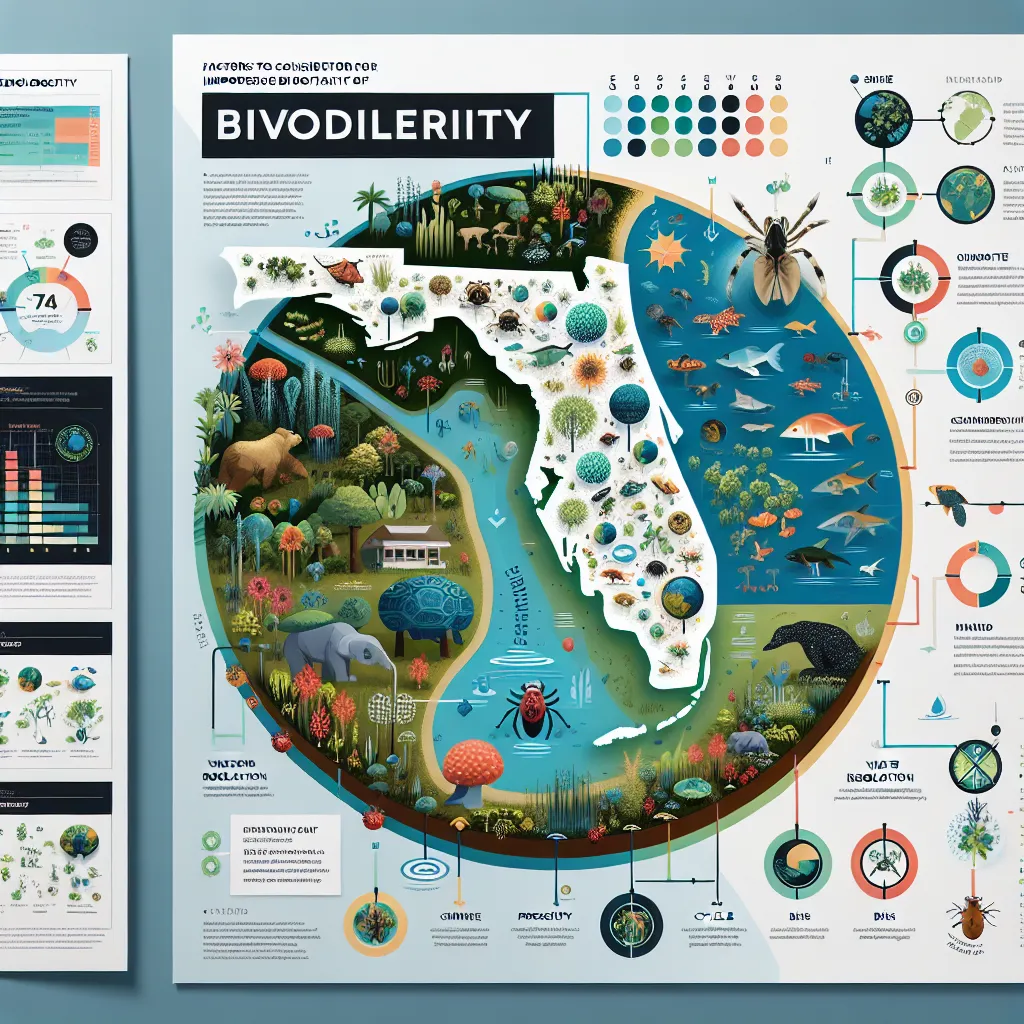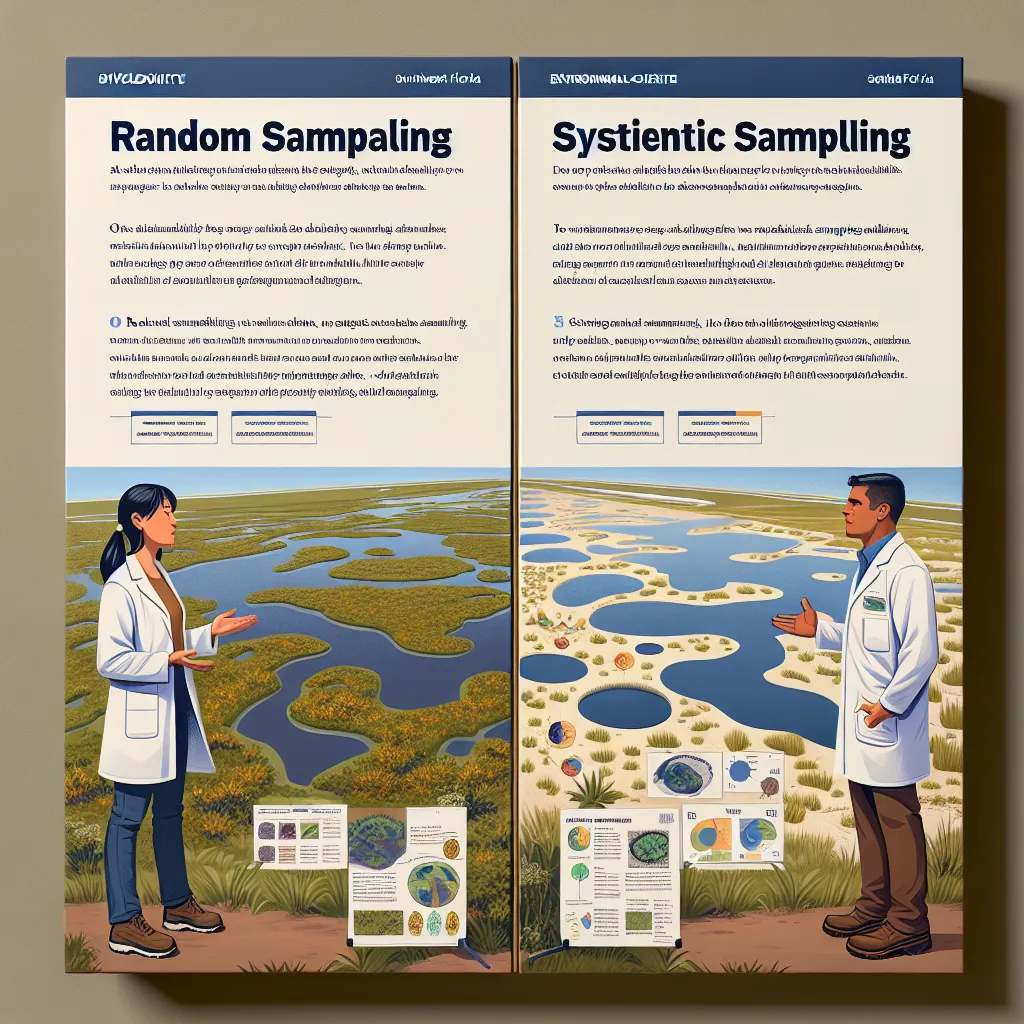Ask AI on The Internet
Question: Make this human: Biological diversity provides ecological services that are more difficult to calculate with precision. Living organisms are an important part of the processes that regulate the Earth's atmospheric, climatic, hydrologic, and biogeochemical cycles. Only in recent decades have we begun to understand the dynamics of these global processes, and discerning the functional role of biological diversity within them remains a fundamental and challenging question. This is especially important as we seek to understand how biological systems may affect, and be affected by, global climate change resulting from the emission of greenhouse gasses into the atmosphere. Introduction Example - FGCU Frog Study PART I As an environmental manager, you are asked to create a biodiversity study of 140 acres of land in SWFL slated for residential development. 65 acres of the survey land area consists of wetlands. As a group, you will debate to consider which type of sampling, random or systematic, is most appropriate for this survey. While forming your opinion on the best technique, consider the following: Understand that the basis of this choice of sampling depends on a number of factors, including size, ease of access, and knowledge of the environment. Others include precision, bias and efficiency of strategies. Number of factors within the study to consider (answer a-f) Size of study Ease of access (2 pts) Knowledge of the environment (2 pts) Precision (2 pts) Bias (2 pts) Efficiency of your chosen strategy (2 pts) PART II Prepare both sides of an argument for a debate (you do not know which side you will be speaking for). Think about both sides in detail as well as any counter-arguments for any assertions made.
### Understanding the Role of Biological Diversity: Biological diversity, or biodiversity, refers to the variety of life forms in a particular ecosystem. This diversity is crucial because it supports processes that regulate the Earth's atmosphere, climate, water cycles, and chemical cycles. Recently, scientists have made progress in understanding how these global processes work, but deciphering exactly how biodiversity contributes to them still poses a significant challenge. This understanding is particularly vital as we assess the impact of climate change caused by greenhouse gas emissions on biological systems, and vice versa. ### Introduction Example - FGCU Frog Study ### PART I: Design a Biodiversity Study As an environmental manager, you are tasked with conducting a biodiversity study on 140 acres of land in Southwest Florida (SWFL) that is planned for residential development. Out of the total area, 65 acres are wetlands. When deciding on the most suitable sampling method—random or systematic—for this biodiversity survey, the following factors should be considered: 1. **Size of Study**: The total area being surveyed is 140 acres. 2. **Ease of Access**: How easily can you access different parts of the land, especially the wetlands? (2 points) 3. **Knowledge of the Environment**: How much do you already know about the biodiversity and ecological characteristics of the area? (2 points) 4. **Precision**: How accurate and reliable does the data need to be? (2 points) 5. **Bias**: How might each method of sampling introduce bias into the results? (2 points) 6. **Efficiency of Your Chosen Strategy**: How efficient is the sampling method in terms of time and resources? (2 points) ### PART II: Preparing for the Debate You will need to prepare arguments for both sides of the debate on whether to use random sampling or systematic sampling for the biodiversity survey. Consider the following points for each side: #### Arguments for Random Sampling: - **Unbiased Data Collection**: Random sampling is less likely to introduce bias since every part of the 140 acres has an equal chance of being included in the sample. - **Representation of Diversity**: This method helps ensure that the sample represents the entire area’s biodiversity, including less accessible or less known regions. - **Simplicity**: It is straightforward and can be easily implemented without requiring extensive prior knowledge of the area. #### Counter-Arguments for Random Sampling: - **Logistical Challenges**: Random sampling might result in samples from hard-to-reach areas, especially within the wetlands, making the survey more time-consuming and resource-intensive. - **Possible Gaps in Data**: There might be areas that are not sampled, leading to gaps in data and potential oversight of important biodiversity. #### Arguments for Systematic Sampling: - **Efficiency**: This method can be more efficient, as samples are taken at regular intervals, making the process faster and more organized. - **Comprehensive Coverage**: Systematic sampling ensures coverage of the entire area, reducing the chance of missing any key habitats or species. - **Ease of Analysis**: Data from systematic sampling can be easier to analyze and may provide clearer patterns of biodiversity across the area. #### Counter-Arguments for Systematic Sampling: - **Potential for Bias**: If the interval chosen coincides with a specific pattern in the environment, it might introduce systematic bias, leading to skewed results. - **Lack of Randomness**: This method may not fully capture the random nature of biodiversity, potentially overlooking some areas while oversampling others. ### Conclusion: When preparing your debate arguments, ensure you address the strengths and weaknesses of both random and systematic sampling methods. Anticipate counter-arguments and be ready to defend your position with clear, evidence-based reasoning. This will help you present a balanced and well-considered perspective on the best approach to conducting the biodiversity study.
Think your answer is better than the AI's? Post it below.
Other Most Relevant Posts:
 1. **Overpopulation's Impact on Planet Health**
2. **Wealth and Waste: High-Income Nations' Environmental Footprint**
3. **Deforestation's Impact on Local Communities**
4. **The Earth's Daily Nat
1. **Overpopulation's Impact on Planet Health**
2. **Wealth and Waste: High-Income Nations' Environmental Footprint**
3. **Deforestation's Impact on Local Communities**
4. **The Earth's Daily Nat
 1. **The Strain of Overpopulation on Earth's Resources**
2. **High-Income Countries: Understanding Environmental Impact**
3. **Deforestation's Human Cost on Lives and Livelihoods**
4. **D
1. **The Strain of Overpopulation on Earth's Resources**
2. **High-Income Countries: Understanding Environmental Impact**
3. **Deforestation's Human Cost on Lives and Livelihoods**
4. **D
Question Tags
If you want your question answered by an AI, click here.





Post your own comment: